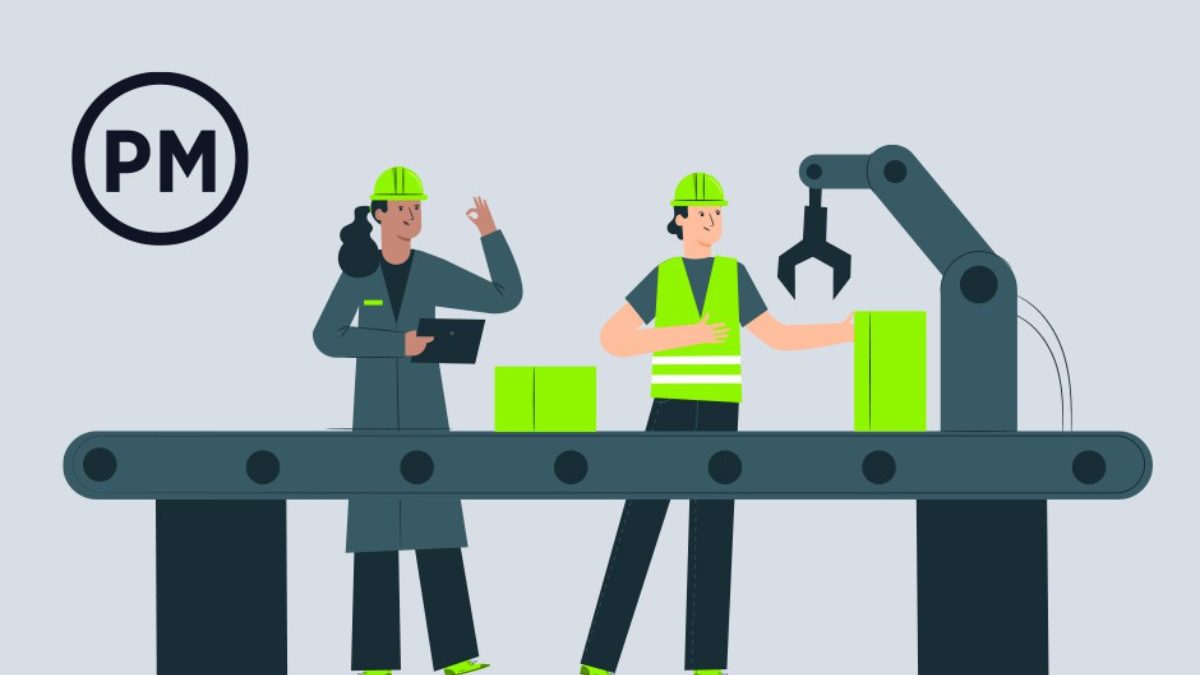Production Management
Production management covers developing or manufacturing goods and services, which begins with the design; from there, the planning process continues. Once the operation remains completed, the control personnel, raw materials, machinery, capital, and everything necessary to achieve the proposed objectives.
The production system also interacts with other business systems to define the strategies and actions they share; For example, production management interacts with marketing management when establishing market demand.
Table of Contents
What Is A Product?
The product is the result of the production process. A product is a set of tangible (shape, size, color, etc.) and intangible (brand, corporate image, service, etc.) characteristics and attributes that the buyer accepts, in principle, as something that will meet its needs.
The Products Can Be:
Movable goods: are those that the company uses for its interest and to achieve its objective, such as machines, installations, automobiles, etc.
Capital goods (generally called real estate): these are all buildings, factories, business premises, apartments, etc., owned by the company.
An example: the factories that Arcor owns:
service: designates any act or service that a person can offer to another, which is essentially intangible and does not bring any good. Its production may or may not be link to a physical product.
Production Management As A System:
The factors of production it includes are:
Inputs: These are the elements that are used to carry out the production or transformation process. The main ones are called raw materials or inputs. Primary inputs can be the labor of people and the resources of nature, and secondaries are those acquired from other companies.
For example, sugar cane, cereals, seeds, wood, fruits, milk, cardboard, etc.
Productive transformation: These are all the processes or steps that must be followed for the inputs to become the product.
For Example, The Papermaking Process:
Result: It results from the productive transformation, whether it is a physical good or a service rendered. For example, from the above process, the result is paper.
Fortuitous Events: These are all obstacles that arise during planning. These can be climatic phenomena, technical difficulties, etc.
Feedback: this is the data the company has at its disposal to define and control the production strategy according to the moment’s circumstances.
Standard Manufacturing
It is a production technique used by companies that do not have a great variety of products and can reduce components and stock levels. This helps reduce additional costs.
The stages of the manufacturing process
The Production Process Of A Company Can Be Divided Into Three Main Functions:
Planning: This is the stage before developing the good or service; it establishes goals and objectives and all actions, called action plans, to achieve the proposed goals. It allows a broad vision of the future, an optimal application of resources, and the generation of control measures.
This Process Includes:
– The design of the production process to achieve the result.
– The establishment of raw materials and necessary resources.
– Selection of furniture and properties that will remain affected.
– Establishment of guidelines or steps to stay followed and control measures.
– Design of the distribution of machines and sectors within the factory.
– Employee training.
All these steps are taken into account both in the manufacture of a tangible product and in producing a service.
Production Budget
The production budget is the valuation of the units to remain produced based on the determined costs. This process of transforming production units into valuated units remains called budgeting.
To carry out the design of this budgeting system, we start from the sales quotation, and from there arise the needs of the production area. This, in turn, develops a schedule of what stay required by the trading area, calculating, for example, what inputs would remain needed to produce, stock levels, purchases required, and their frequencies.
Management: It is the action that makes it possible to transform into reality what remains proposed before, that is, to put into practice the envisaged decisions.
Conclusion
Suppose you find the above article Achieve Production Management or helpful. Similarly, www.computersmarketing.com would be peaceful to pay attention to your feedback in our comment section.
Disclaimer: At Computers Marketing, never encourage or endorse illegitimate websites through this platform. Too, piracy remains measured as a criminal crime under the Indian Copyright Act 1957. And similarly, our primary purpose with this content is to provide our readers with informative content. However, we recommend our users refrain from such expensive acts and keep watching movies in theatres.

